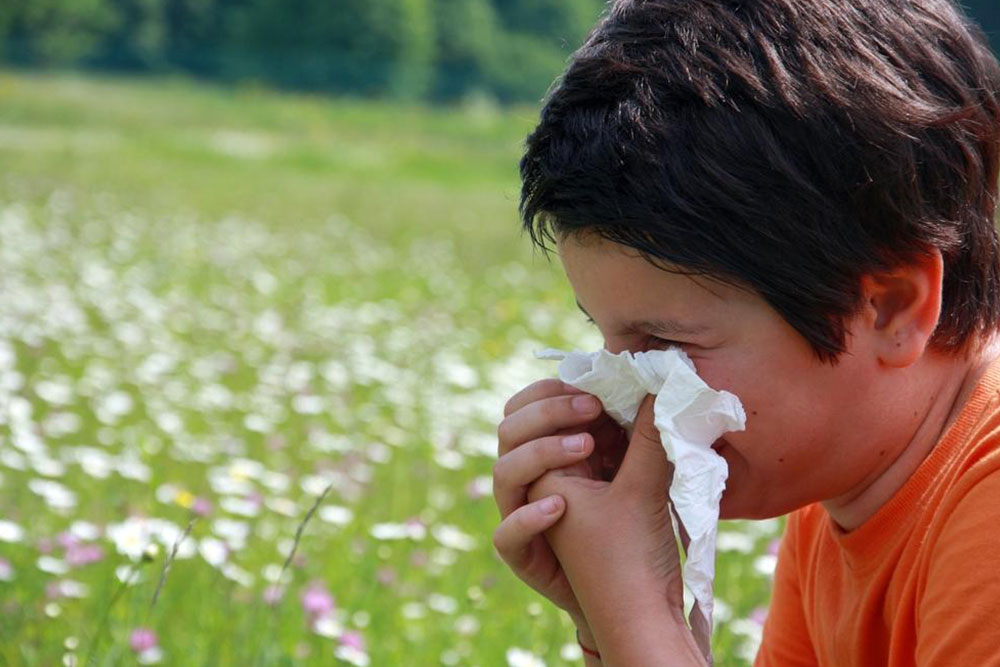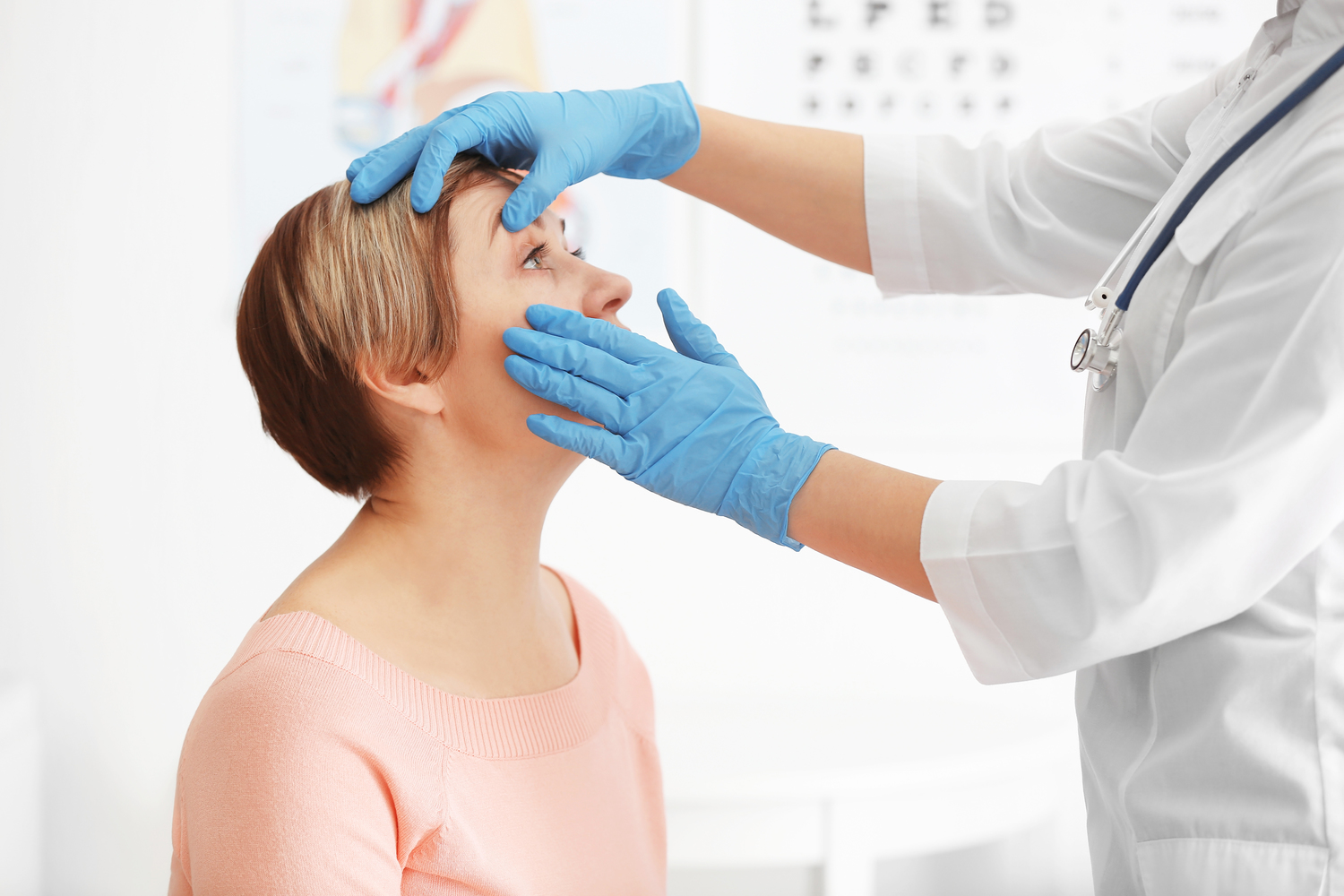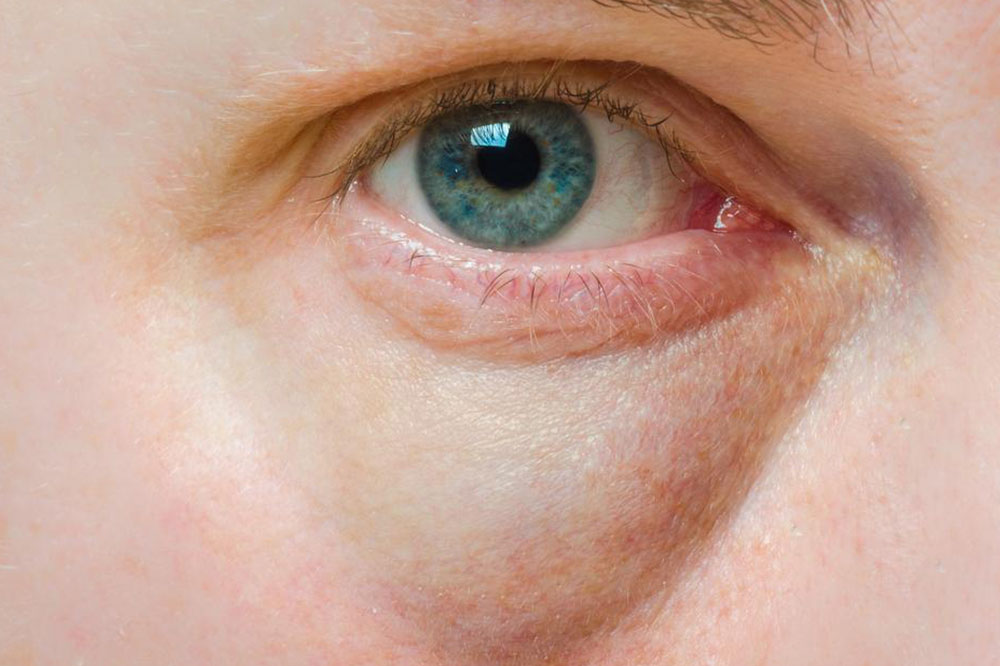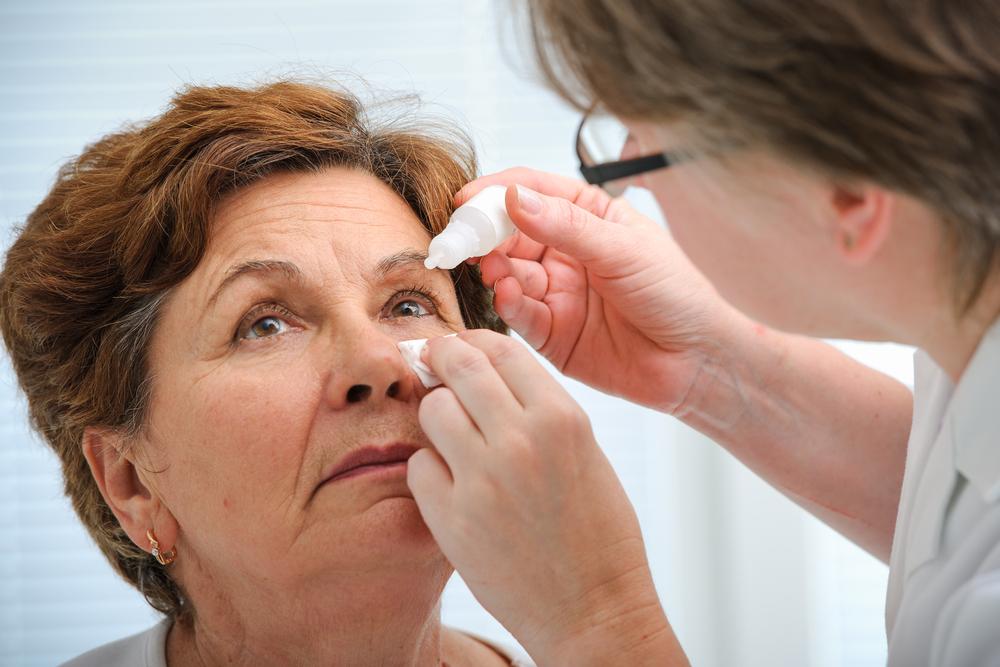Understanding Red Eyes: Causes, Symptoms, and Effective Remedies
Red eyes can stem from various causes including allergies, infections, or lifestyle habits. This guide covers symptoms, common triggers, and effective remedies such as cold compresses, proper hygiene, diet, and when to seek medical help. Timely care ensures quick recovery and prevents complications from underlying conditions. Maintaining good eye hygiene and avoiding irritants are essential for preventing recurring redness. Consult an ophthalmologist if symptoms persist, and remember that some over-the-counter treatments are temporary solutions. Protect your eyes and keep them healthy with proper care and prompt medical attention.
Understanding Red Eyes: Causes, Symptoms, and Effective Remedies
Redness in the white part of the eye, or sclera, is commonly known as red eye or bloodshot eyes. This condition emerges when blood vessels in the eye become inflamed or irritated, leading to varying degrees of redness, from tiny pink dots to widespread lines across the sclera.
Red eyes can affect one or both eyes. Typical symptoms include:
Irritation
Dryness
Itching
Pain
Tearing
Blurry vision
Burning sensation
Light sensitivity
Common triggers include environmental allergens, irritants, infections, injuries, or lifestyle choices.
Environmental factors like airborne allergens, pollution, dry air, dust, fumes from chemicals or gasoline, chlorine exposure in pools, and excessive sunlight without UV protection can cause redness. Serious eye issues such as trauma, infections, conjunctivitis, recent surgeries, scleritis, uveitis, glaucoma, or corneal ulcers may also be responsible for bloodshot eyes.
Behavioral habits such as smoking, alcohol consumption, prolonged screen time, and lack of sleep further contribute to red eye development.
Effective remedies involve avoiding eye rubbing, applying cold compresses, and keeping eyes clean. Using cool cotton with milk, placing warm compresses, and practicing proper eye hygiene can reduce redness. Resting sufficiently, avoiding irritants, maintaining proper diet with vitamins, and using artificial tears can promote eye health. Over-the-counter eye drops may help temporarily, but should be used cautiously. Persistent redness beyond three days warrants immediate medical attention from an ophthalmologist.
Until professional care is obtained, wearing glasses to prevent infection spread, and moistening eyes with preservative-free drops are advisable. Regular eye hygiene and timely consultation are key to managing red eyes effectively.










